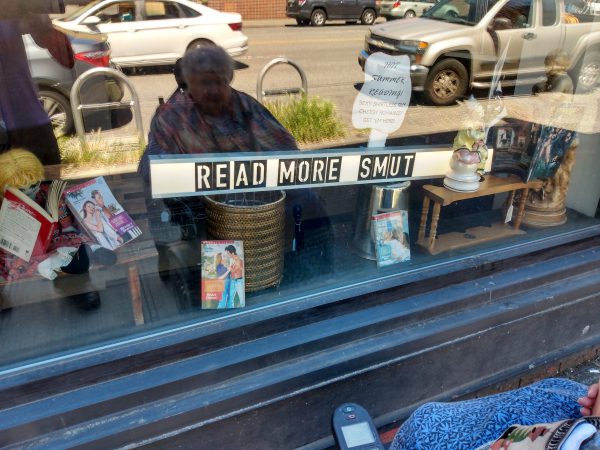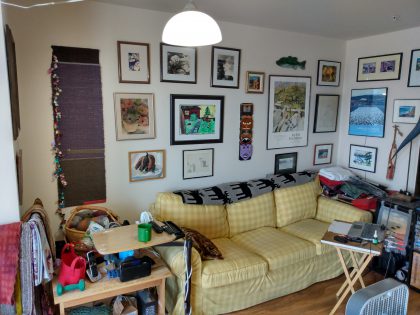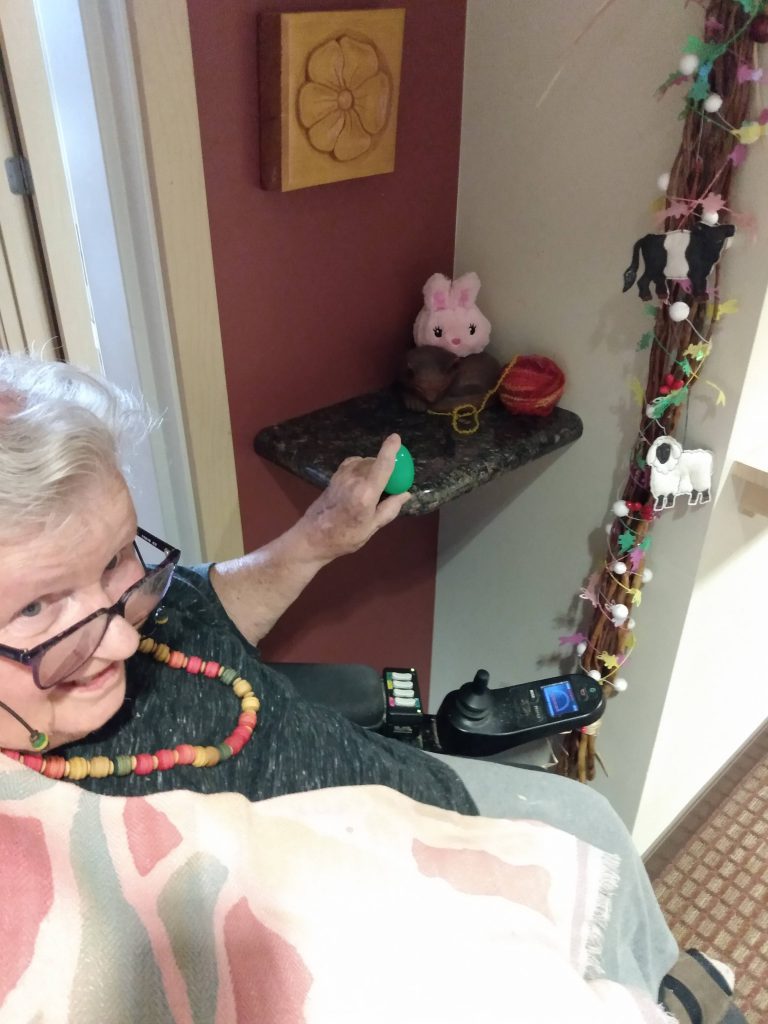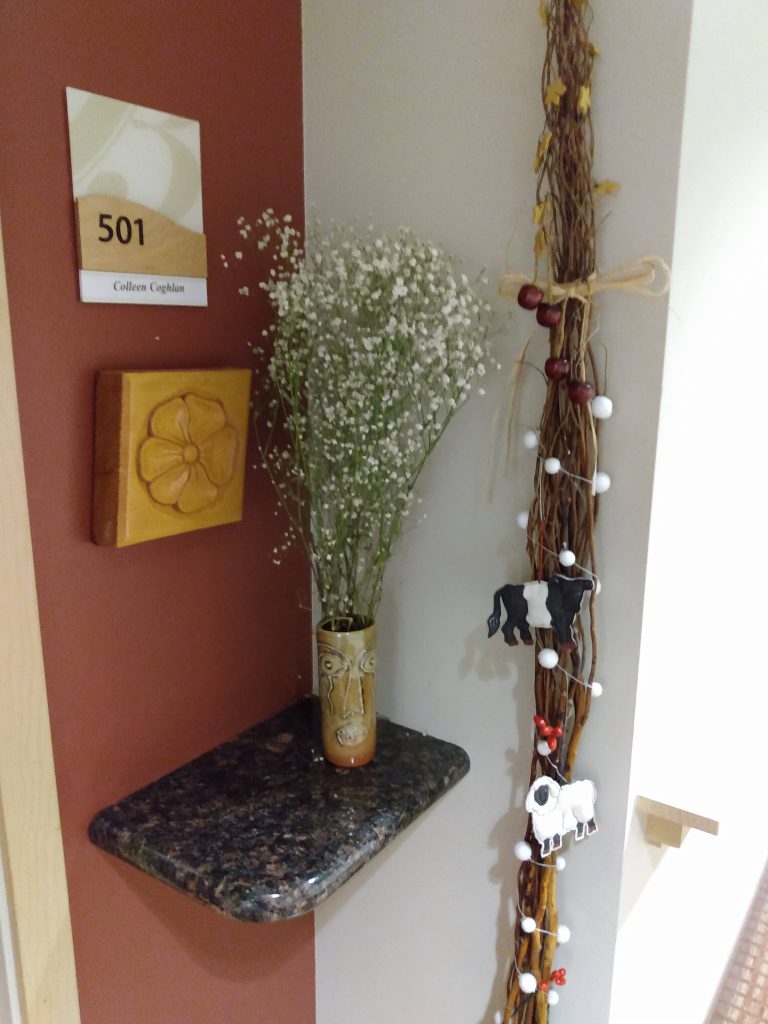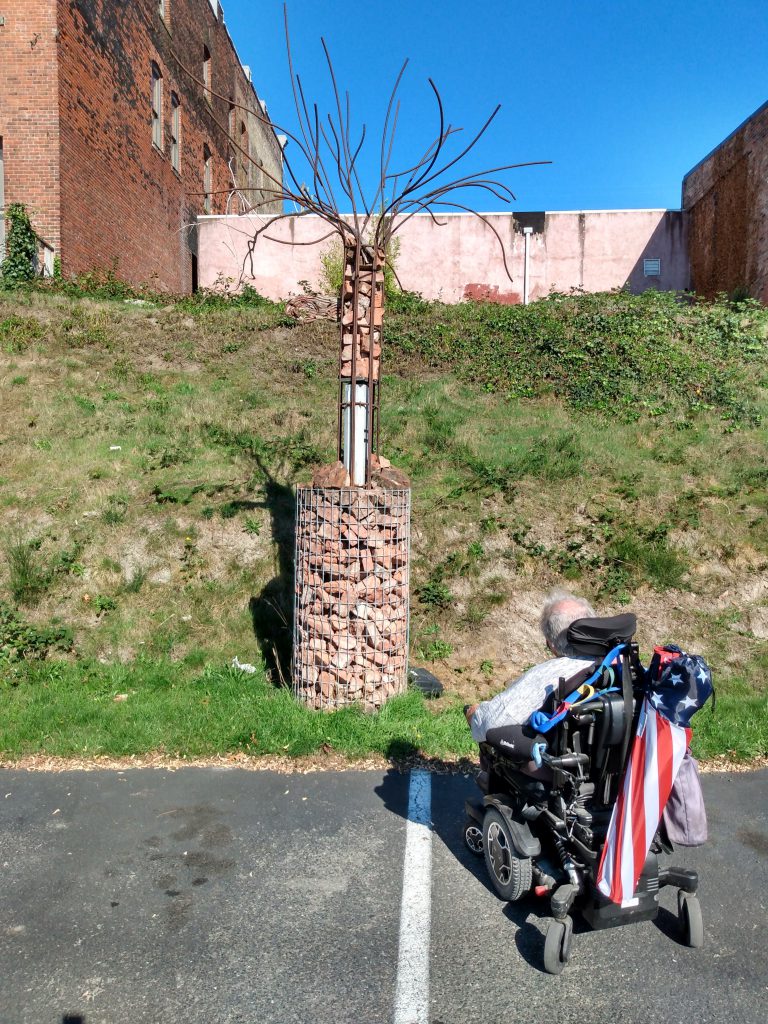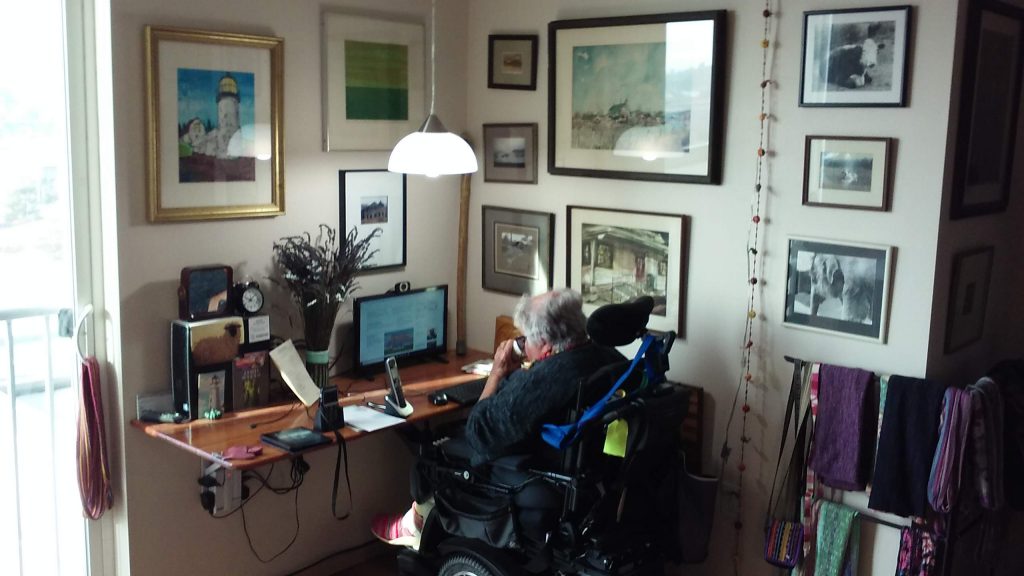It’s been a week of provocations, but then most weeks are.
Donald Rumsfeld died, which is not an entirely unexpected or unpleasant thing. But reading his obituary reminded me of something he did that was both memorable and silly, instead of just being memorable and bad. You remember his quote:
“There are known knowns that are things we know we know. There are known unknowns that are things we know that we do not know. But there are also unknown knowns that are things we think we know, that it turns out we do not, and there are unknown unknowns that are the things we don’t know we don’t know.” [A mashup from NYT , WP, et.al]
I wondered if I could apply it to my pandemic life learning style.
There are known knowns that I think about on many days, in many ways, The Irish CLEARLY beat the Vikings to Iceland, and maybe to Newfoundland. Libraries matter on all days and in all ways, and may just save the world. Adapting is a way of life, and practice promises possibilities. There are a lot of less interesting known s that I only think about when provoked, e.g. Donald Rumsfeld, Cosmic Crisp apples, photos of dawn, Louise Gluck, Scott’s mispronunciation of Flucker Street, algorithms, regional hotdishes, radio voices, peppy poets, Russell Wilson’s finger, dreadful Texas etc., etc., etc. There are unknown knowns that are many and memorable gaffes, laughs, apologies, and, on RARE occasion a suggestion that I might have been wrong. These usually end up in the stories of my life. And there are probably way too many unknown unknowns that I don’t think about because I don’t know they exist to think about, but if I knew they existed, I would certainly know enough about them to have an opinion and take it from there.
…………………………………………………………….
Seattle edges into Fall, or should I say “dribbles”?

How do I know it’s fall in Seattle? Let me count the leaves’ colors.
………………………………………………………………….
AFRGH! who on earth would choose to watch “Mare of Easttown” hyped as being “in the tradition of Middle American miserabilism, a genre of shows that aren’t about much of anything besides their characters’ despair and the painstakingly rendered small-town or suburban milieus that inevitably cause it.”? MISERABILISEM? AARRGGHH!
Fortunately, I am from the tenth largest city in North Dakota, a Northern Plains state and a daughter of Charles Coghlan, Wahpeton’s youngest mayor, 1942-46, an activist, who controversially purchased land for city airport, then rented the land to nearby farmers until there were some airplanes, thereby recovering the land’s cost and then some. For the record, my dad was not the rabble-rousing priest, Father Charles Coughlin, though he would “autograph” an occasional picture, if asked. I love my dad.
I had a great good time growing up, and I don’t remember a day when I was miserable or bored. So a big HISS to “Mare of Easttown . ” For other takes on Wahpeton, see Chuck Klosterman’s Downtown Owl and Larry Woiwode’s Beyond the Bedroom Wall.
I am in a politically delicate situation. The rocks are an unwanted gift, not able to be returned or re-gifted.. What is an aging activist to do? Fortunately., I have a willing and abler ally.

“Rocks, begone!” say unruly Landmarkers, as they tend bee-happy grass.
I am my father’s daughter.
……………………………………………………………………………….
And finally, a library story that ends well: Barak Obama is not going to have a presidential LIBRARY. ARGH! He is going to have the Obama Presidential CENTER. Sigh. With a big MUSEUM. More sighs. I have had so much fun planning the entrance as a reading room with pods , inspired by Maya Lin’s Smith College transformation and Frank Gehry’s expansive vision for UM’s Weisman Art Museum. But I intend to continue curating an accessible, provocative, well- connected collection of works that address the mystery of Barak Obama, just in case his people see the error of their ways.
But there is good news. Almost simultaneously, I am the designated namee of the handsome, mystery building, literally looking over Roseledge, and no, it is not a barn, a garage, or a CIA fortress of secrecy. It is rather a library/vault, housing, I think, family treasures, organized, accessible and filled with possibilities, and it is named The Colleen. What a treat! I love it. It, like the formerly red Roseledge, is a worthy addition to what Scott has called “white house row” on Sea Street It is Roseledge Books reincarnated or reimagined, maybe.
Until more exciting provocations…



